_in_Brza_Palanka_(Serbia),_built_in_1837_-_Postal_Museum_in_Belgrade_04.jpg)
After liberation from Ottomans, Zaječar gets a "menzulana" - road inn where post carriers can replace their horses and rest. It was located between the old Regional Court building and the Turkish mill.
_in_Brza_Palanka_(Serbia),_built_in_1837_-_Postal_Museum_in_Belgrade_02.jpg)
By Official Note, Zaječar gets a post office.
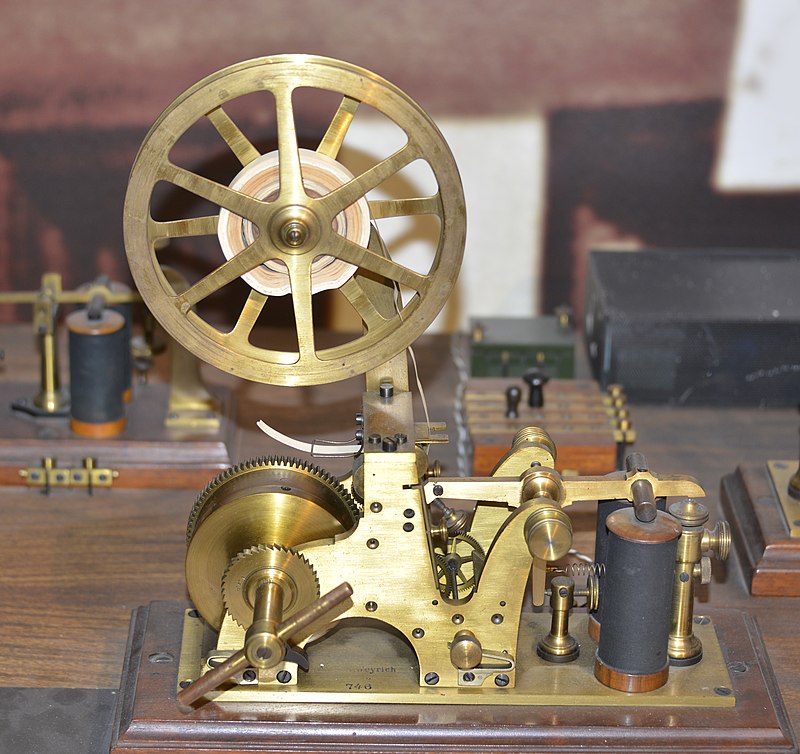
A temporary telegraph station in Zaječar has been installed and became permanent in 1862.
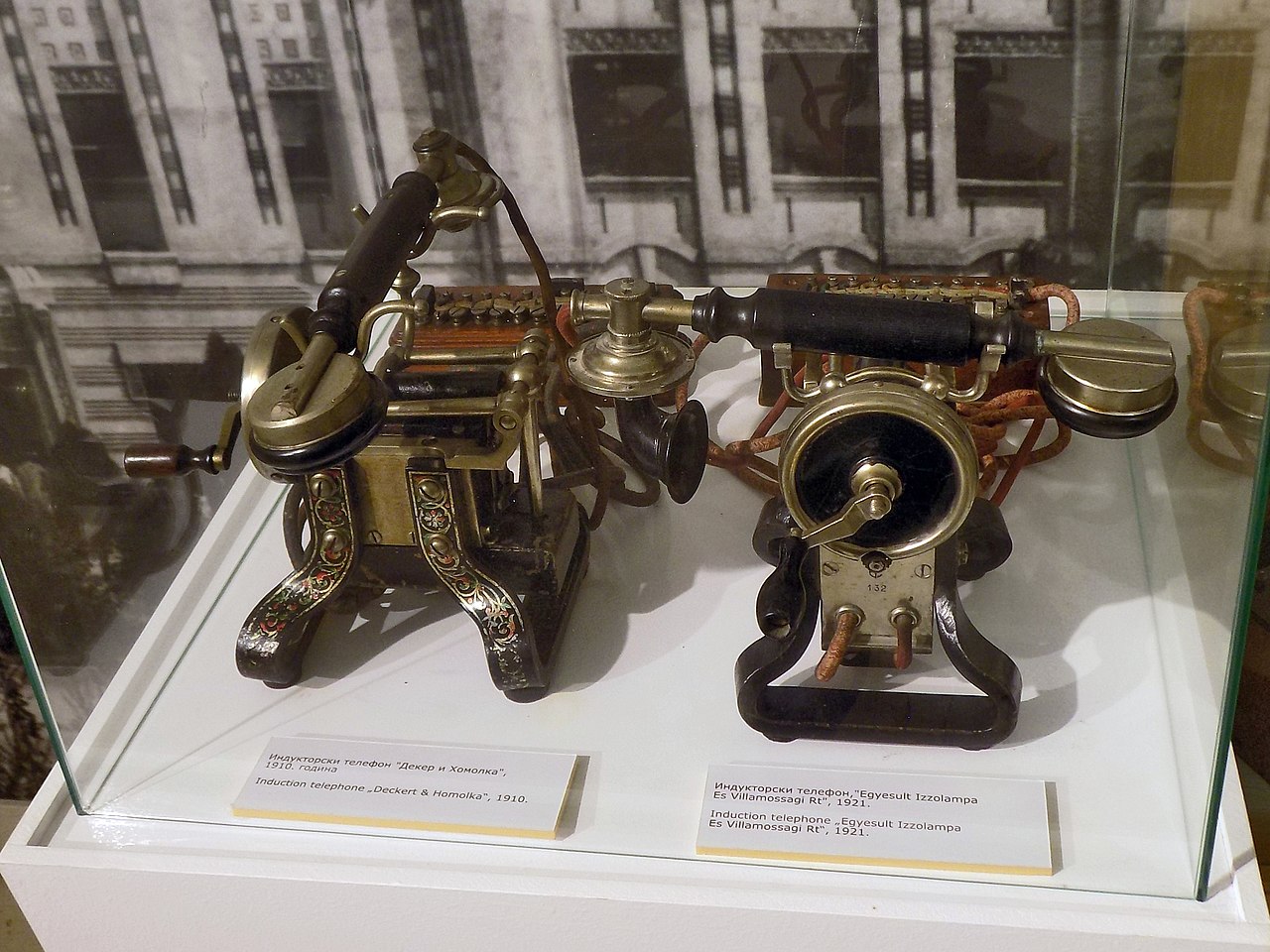
The phone lines reached Serbia only in 1898, and Zaječar got its own phone line in 1902.

After numerous relocations in private houses and offices at the County Command building, Zaječar Post Office gets its own building.

Zaječar Phone Station officially open on January 22nd.
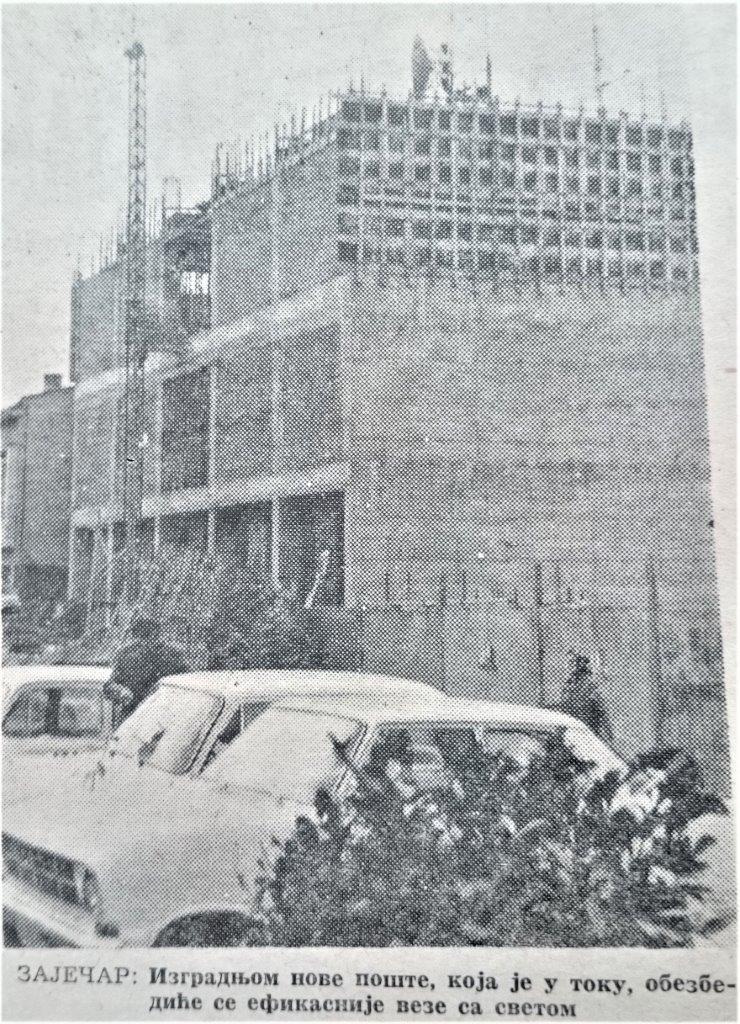
The previous Post Office building was demolished in order to make space for the new one, adjusted to the needs of that time.
.jpg)
In early January, the new Post Office building was officially open.
The current Post Office building in Zaječar was inaugurated in 1972 and had replaced a former Post and Telegraph building from 1912, once considered to be one of the most beautiful buildings in town.
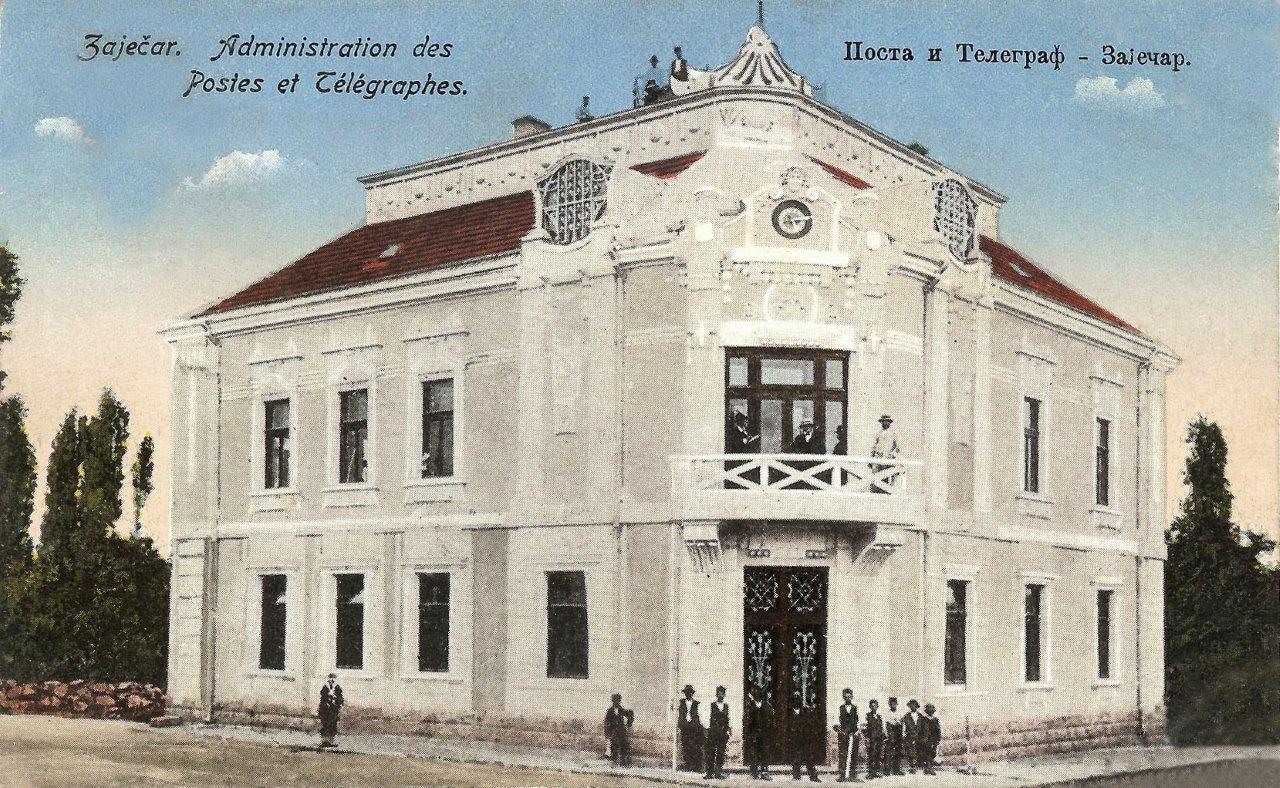
Post and Telegraph Building, circa 1920. The postcard printed by Ljuba Marjanović, Zaječar. Photo archive of the National Museum "Zaječar".
The history of postal traffic in Serbia is linked to the liberation processes from the Ottomans, and as a strategically placed border town, Zaječar got its “menzulana” – a type of inn where a post carrier could replace his horses and rest. It was located between the old Regional Court building and the Turkish mill. It consisted of a horse stable, house for the coachman, and a barn. The main line connected Zaječar with a menzulana in Krivi Vir and Jagodina where it was connected to the main state line between Belgrade and Aleksinac. Zaječar also had good connections to Negotin (connected to Požarevac via Milanovac) and Kladovo, as well as to Gurgusovac (present-day Knjaževac) and to Aleksinac via Sokobanja.
In the beginning, menzulanas were part of the army, nevertheless already in 1835, they were rented out to citizens. Zaječar’s one was rented out by Cola Nikolić. At the time, this courier service was used mainly by the army and the government, and only years later by the civilians.
By a Decree, Zaječar officially got a post office on October 15th, 1843. Nevertheless, some historical traces prove it had been open prior to the official permit, already in 1841. From 1860, Serbian post offices switched to transport by a cariole, and later by four-wheel carriages. At the same time, menzulanas were closed down and post offices completely took over the transport of post and people. They had to be accompanied by armed guards, due to a constant threat by rebels and hajduks.
The first connections by telegraph in Serbia happened in 1855, between Belgrade and Aleksinac, and Belgrade and Kragujevac. Only in 1858 the state had decided to create new lines, the first one through towns in Timok Region in order to overtake Austro-Hungary plan to connect to Turkey in Vidin (present-day Bulgaria) via Romania, avoiding the transit over Serbia. A temporary Telegraph Station in Zaječar was installed only in 1860, most likely in order to connect to the station in Brestovac Spa, where Prince Miloš often stayed.
The phone lines arrived to Serbia only in 1898, hence Zaječar got its own line in 1902. The official Phone Station was inaugurated on January 22nd, 1903. Nevertheless, the historical sources testify about the first intercity phone line in Serbia which existed actually in this region, made by the Belgian Industrial Rail company, connecting their mines in Vrška Čuka with the Radujevac Danube harbor, built in 1888/89.
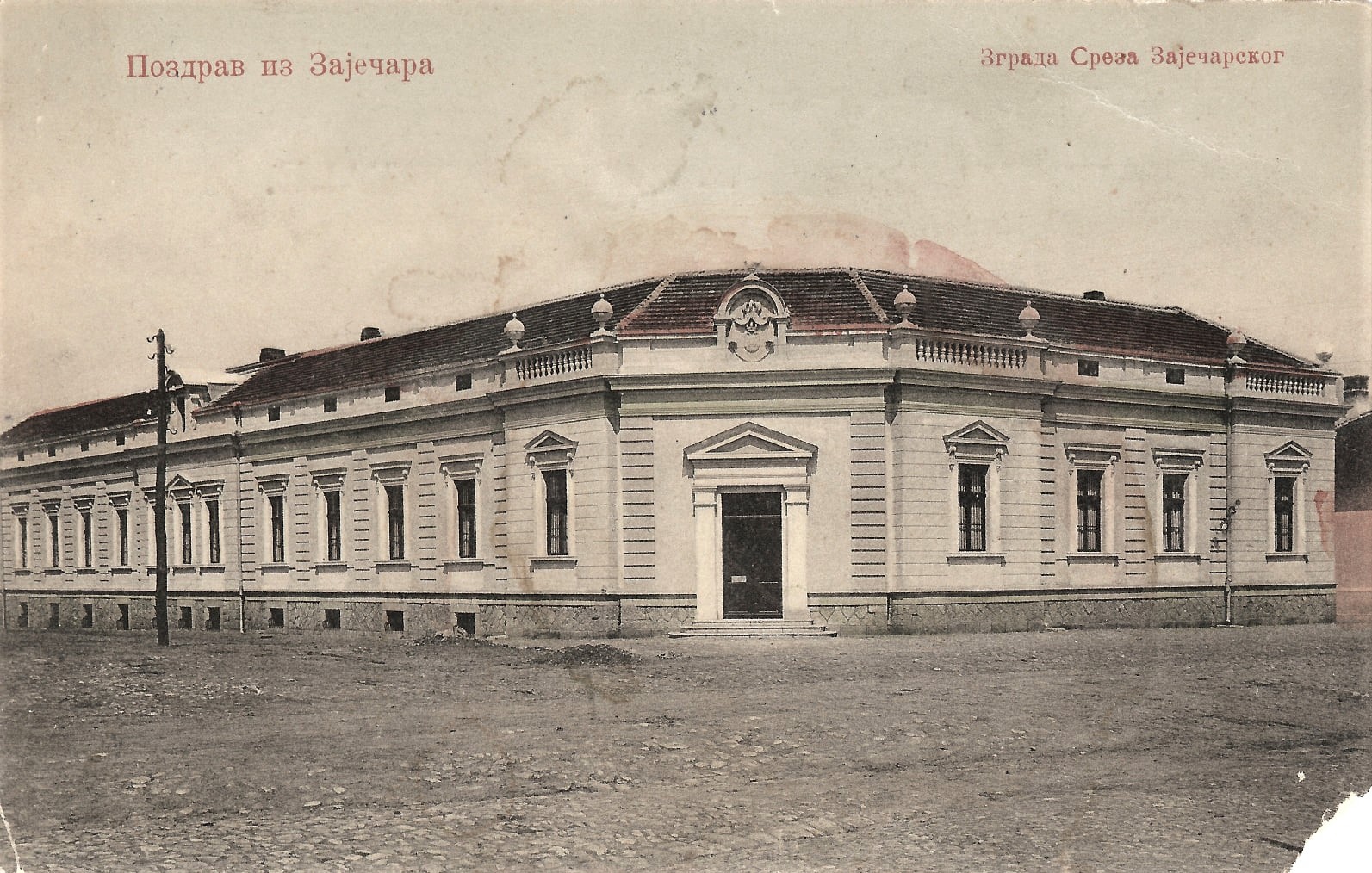
Zaječar Post Office did not have a building for a long time and in the early 20th century, it was located in one of the offices of the County Command. It was constantly relocated, often to private houses. It moved into its own building just prior to the First Balkan War, in 1912.
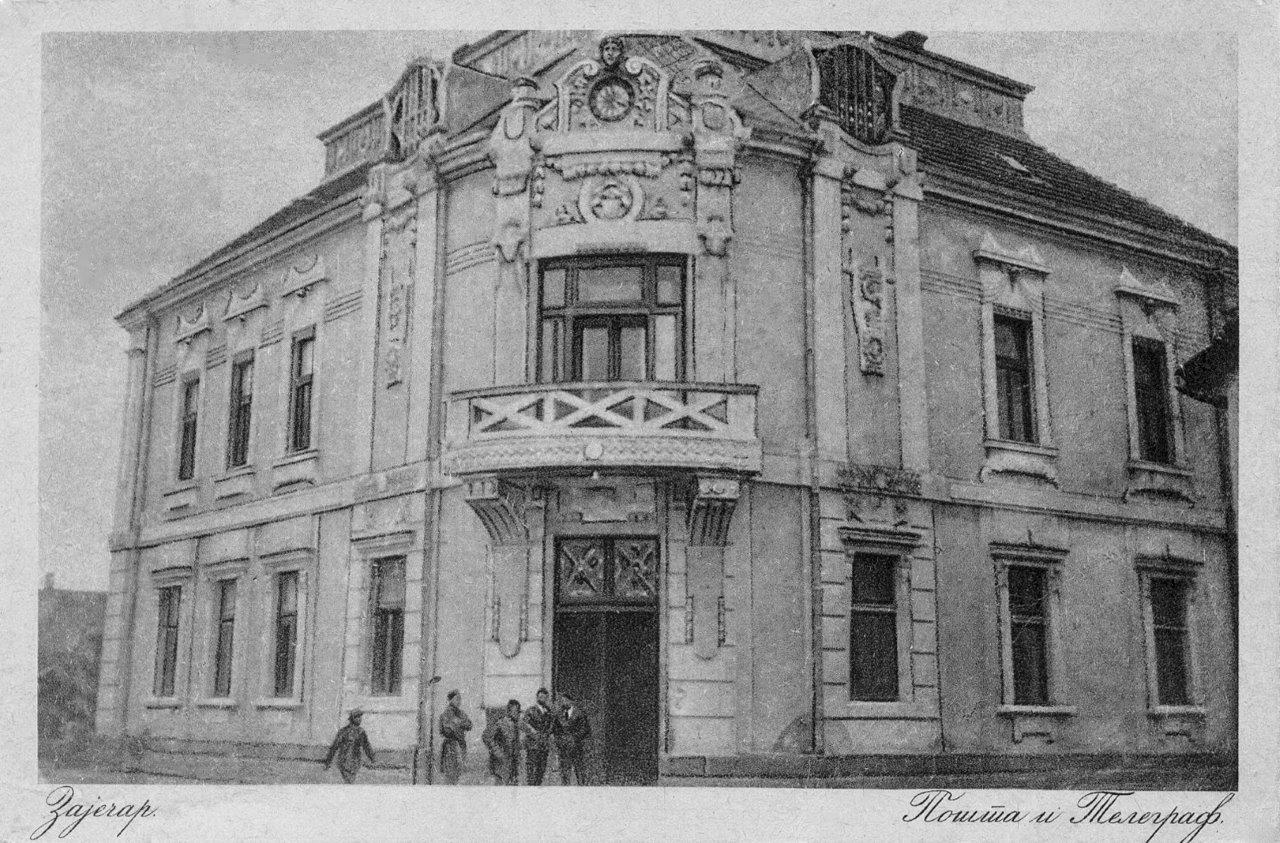
SOURCES:
Stevan Veljković, „Saobraćaj“. Zaječar i okolina. Zaječar, 1974, pp.292-295.
Suzana Antić, Jelica Ilić, Nina Pogarčić, Zaječar čudesna priča. Iz života u Zaječaru 1466-2006. godine. Narodni muzej "Zaječar", Zaječar, 2013.
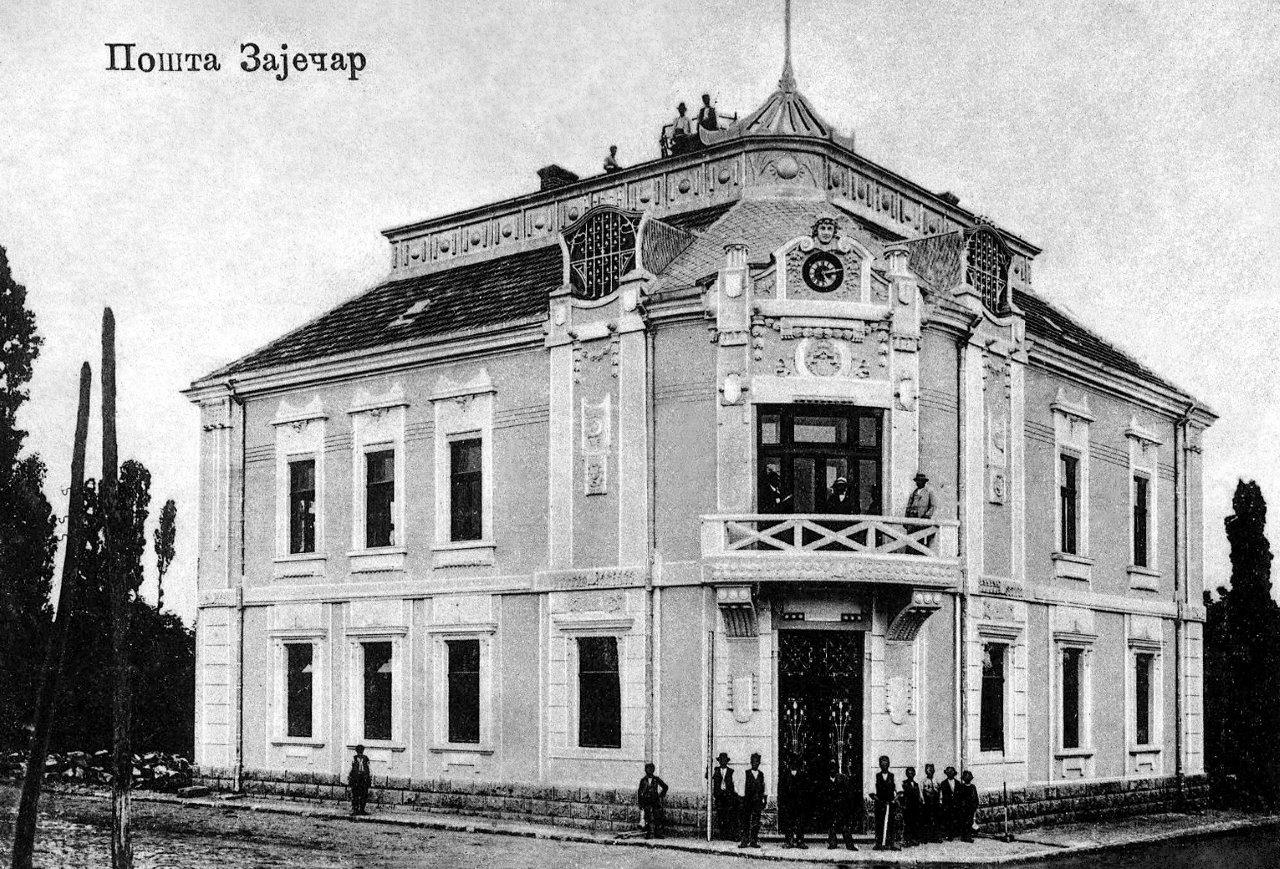
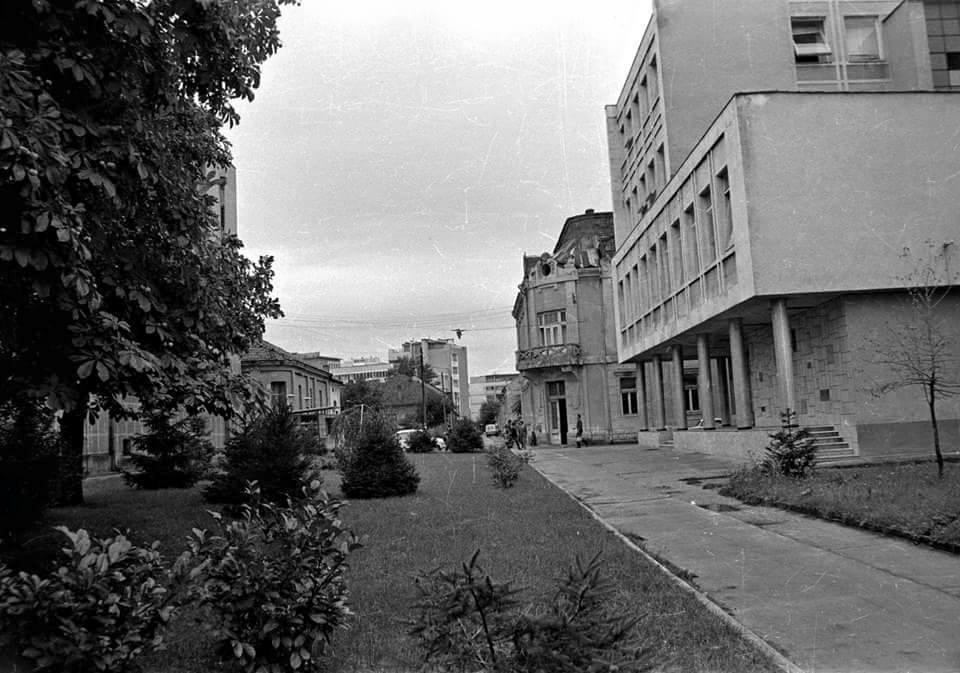
12.jpg)
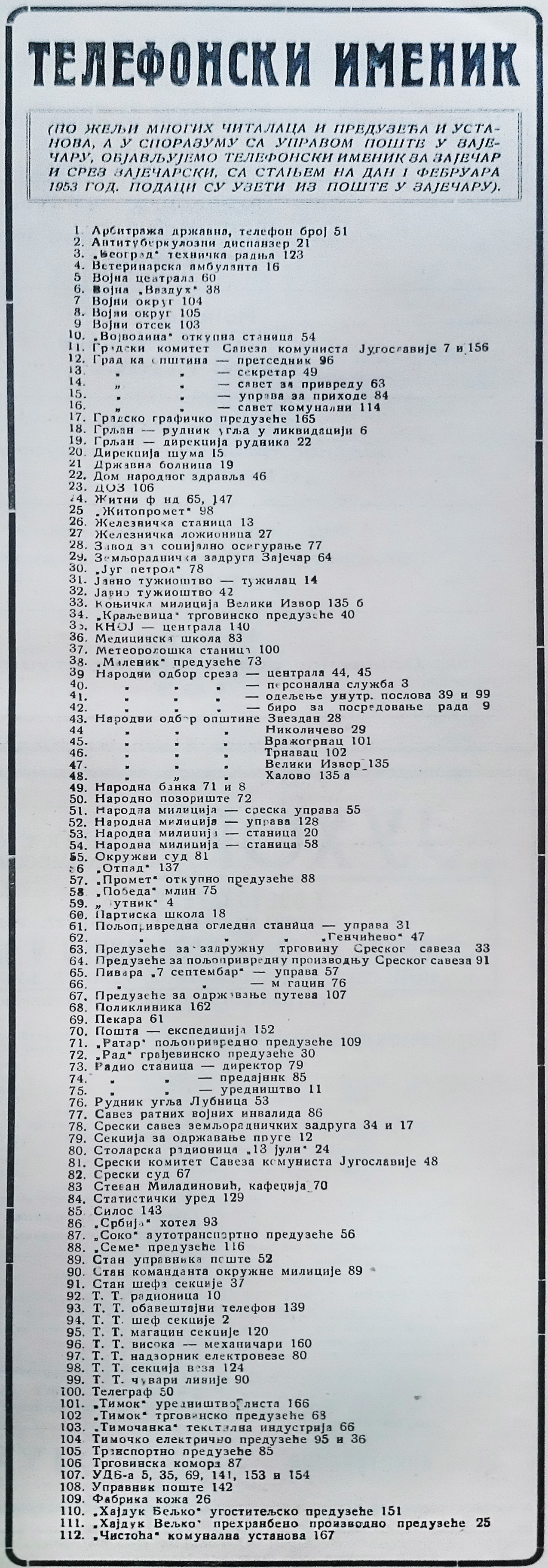
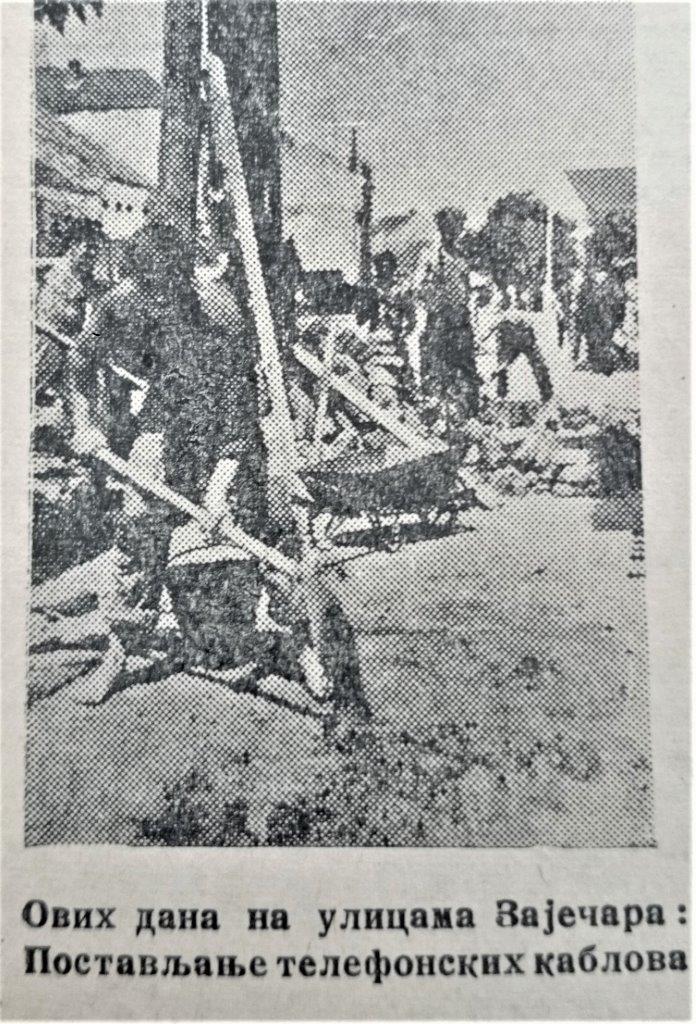
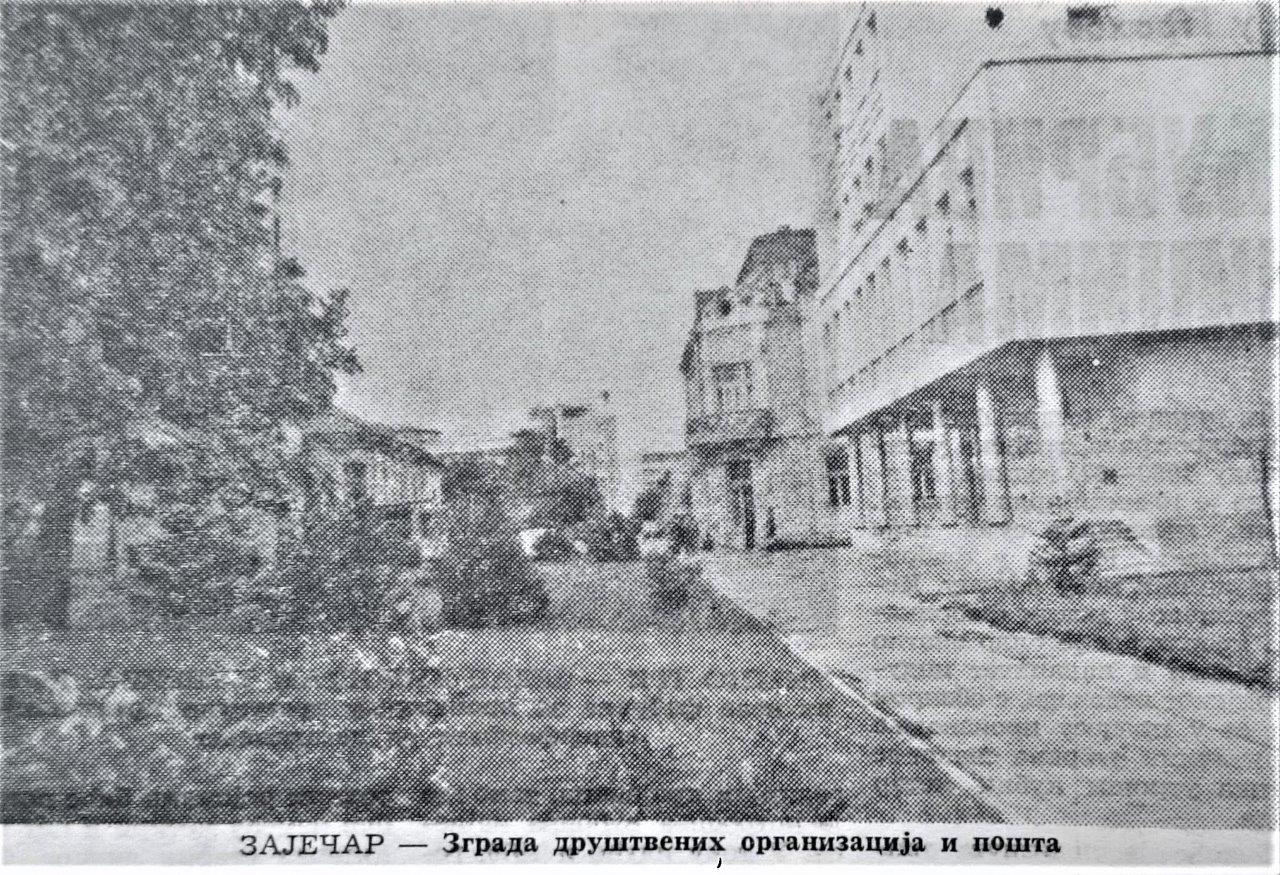
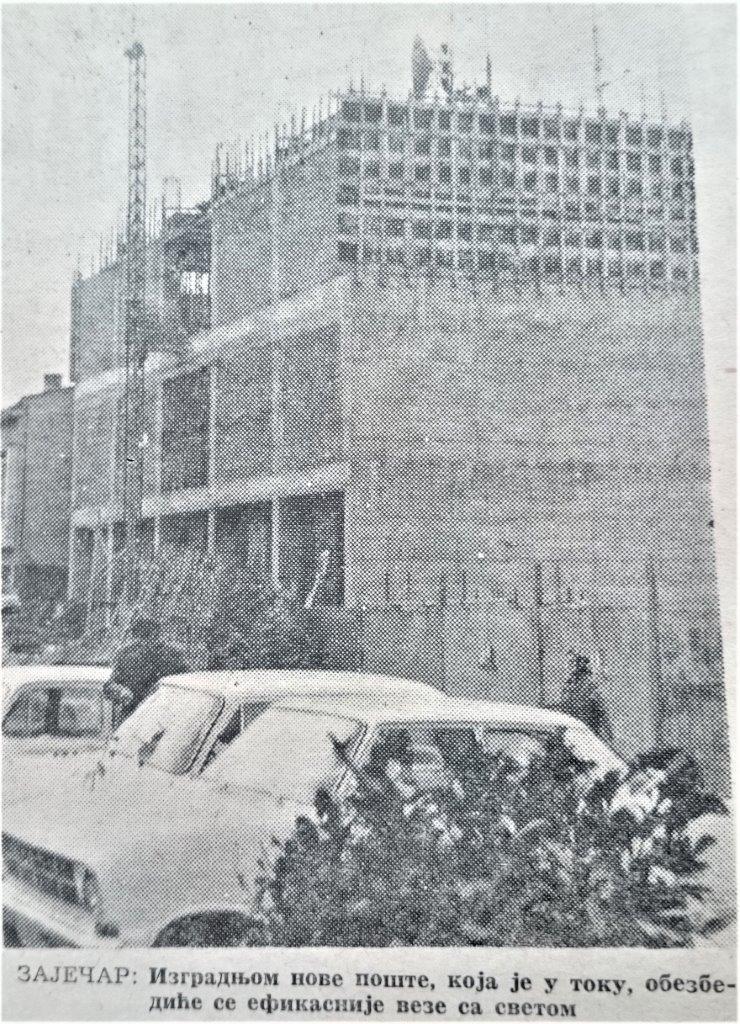
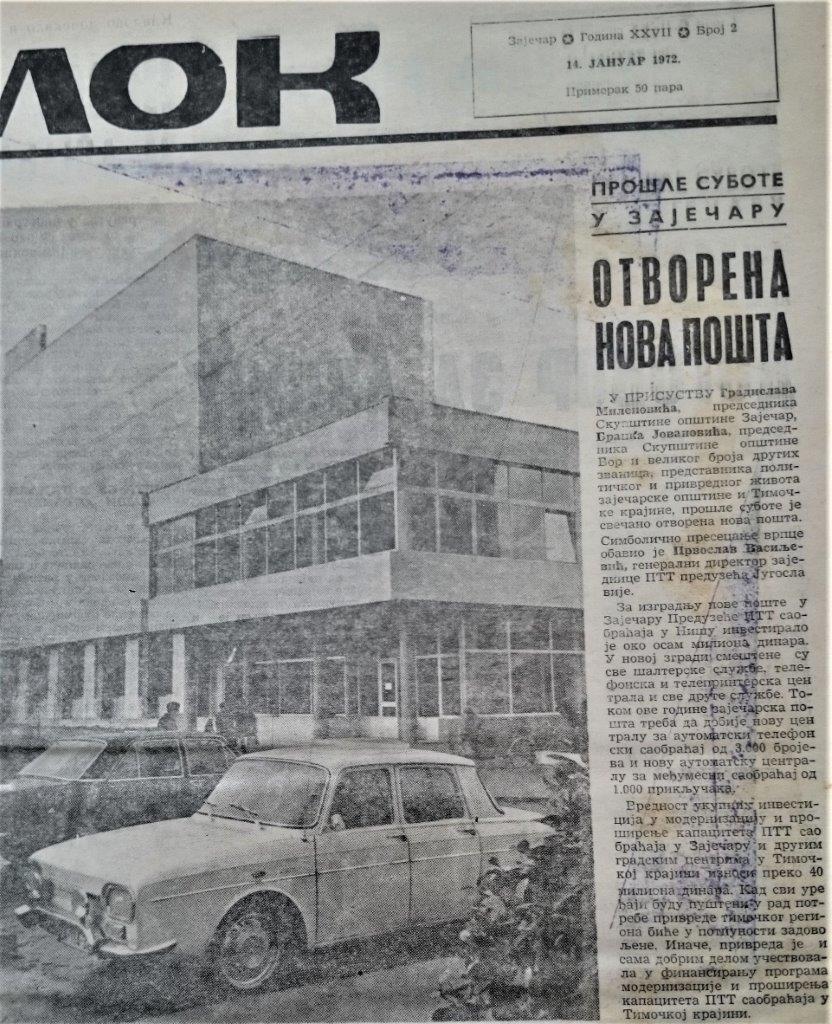

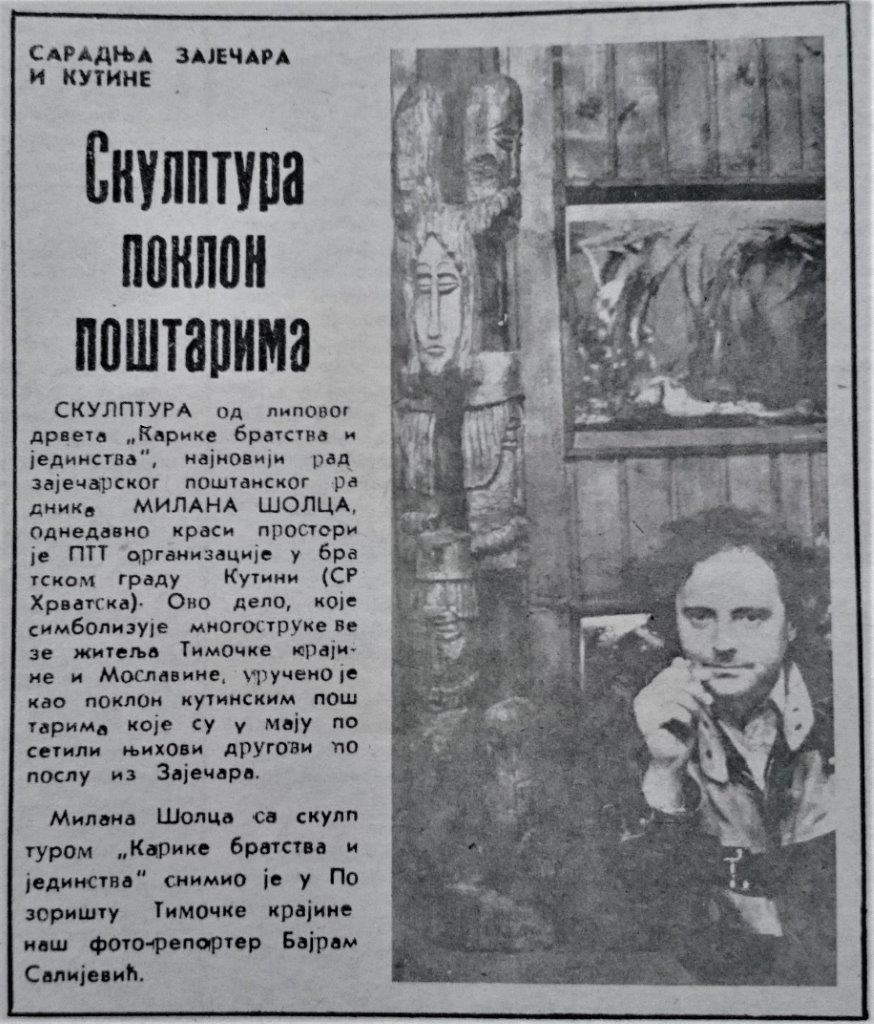

It was built in 1920s by the merchant Petar Nikolić – Kikirez and the upper floor was used as family...
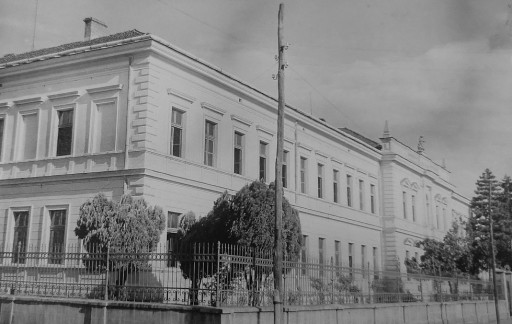
During its long history, it was a home to Zaječar Gymnasium (1893-1959), High School of Economics (1...

The youngest primary school in Zaječar, formerly named “Dobrivoje Radosavljević Bobi” and today "Haj...
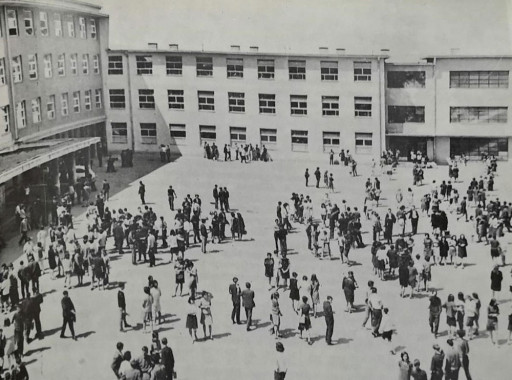
Zaječar was one of the first towns in Serbia with a high school – on August 22, 1836 the “Big School...